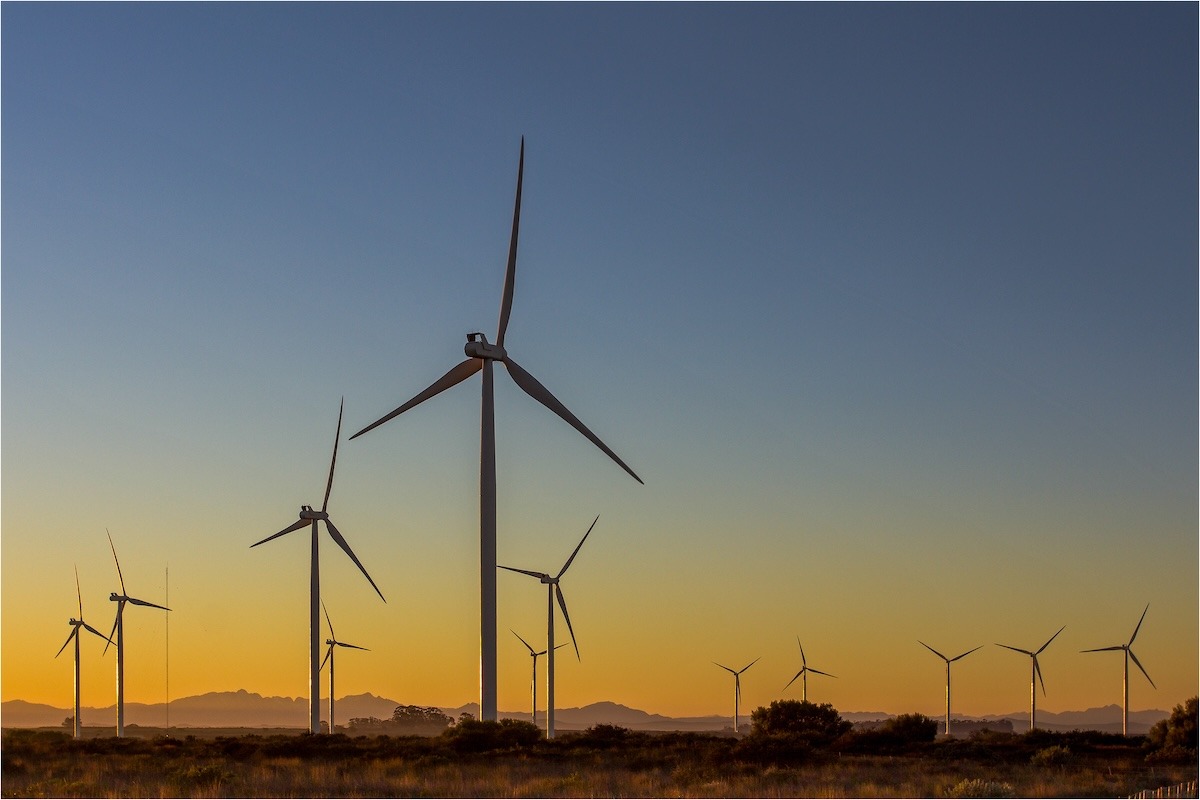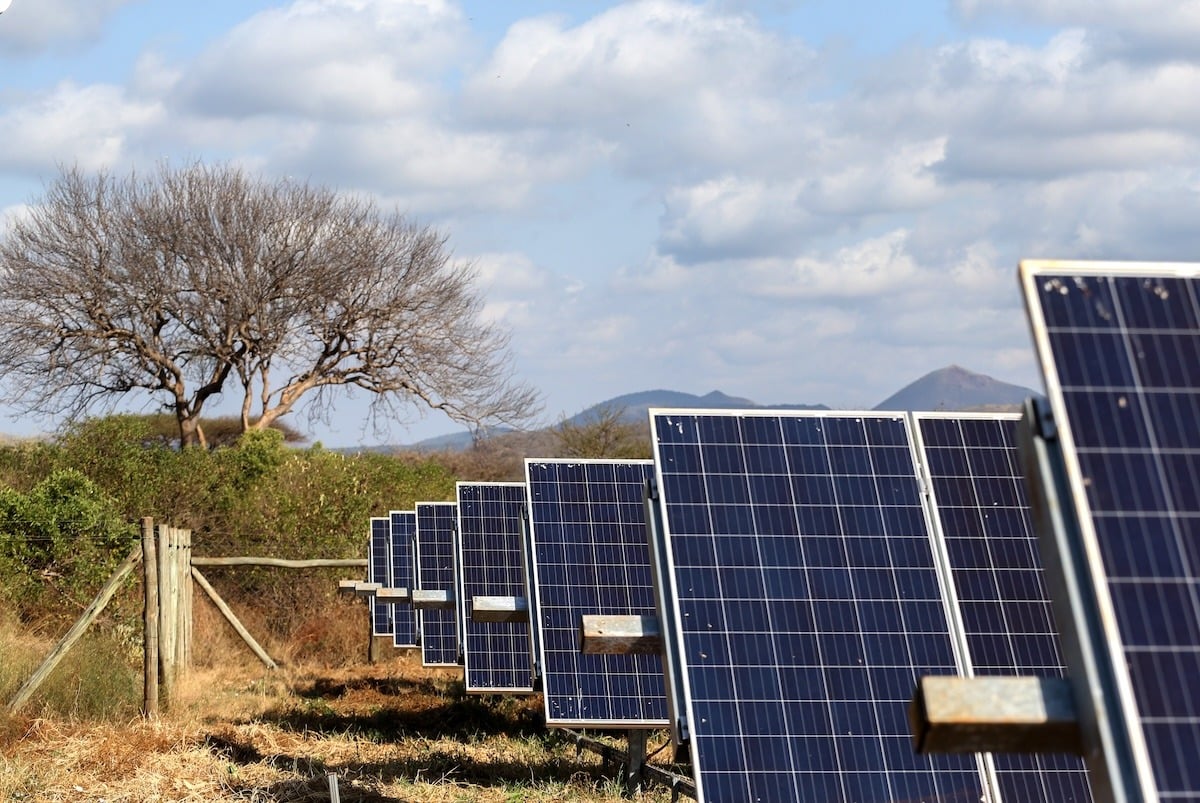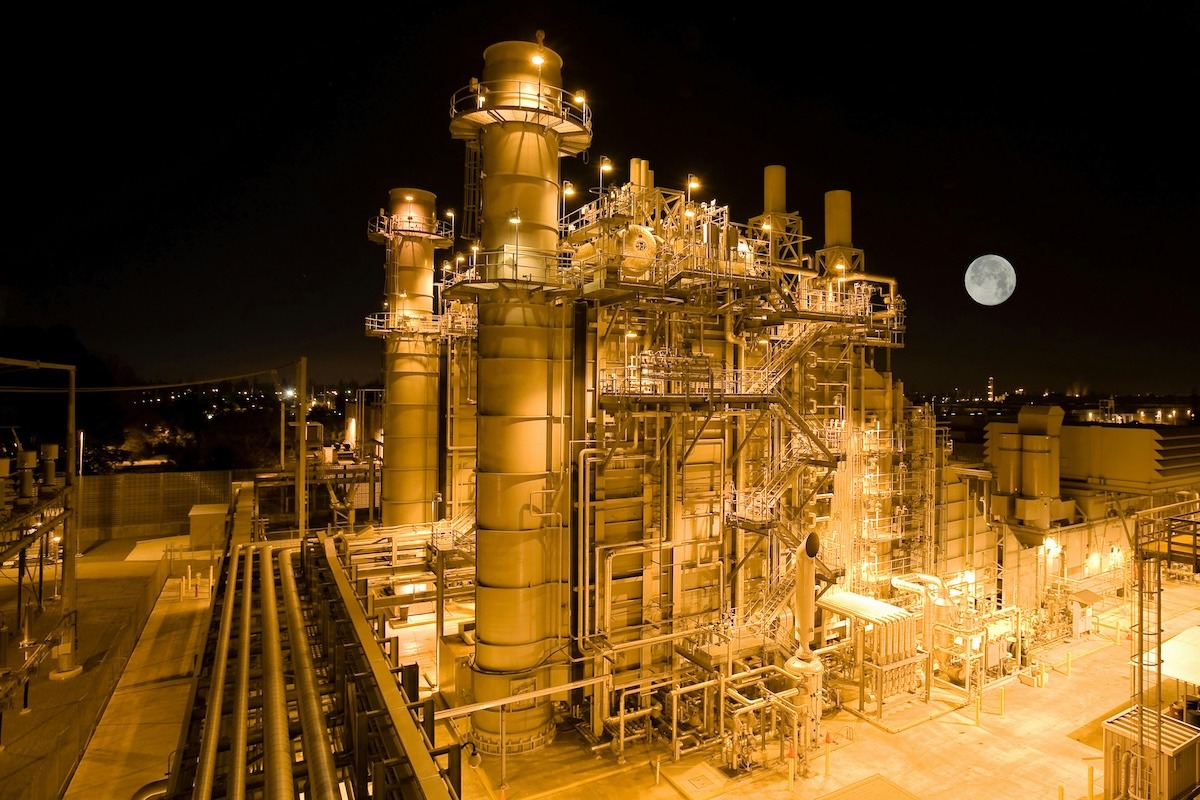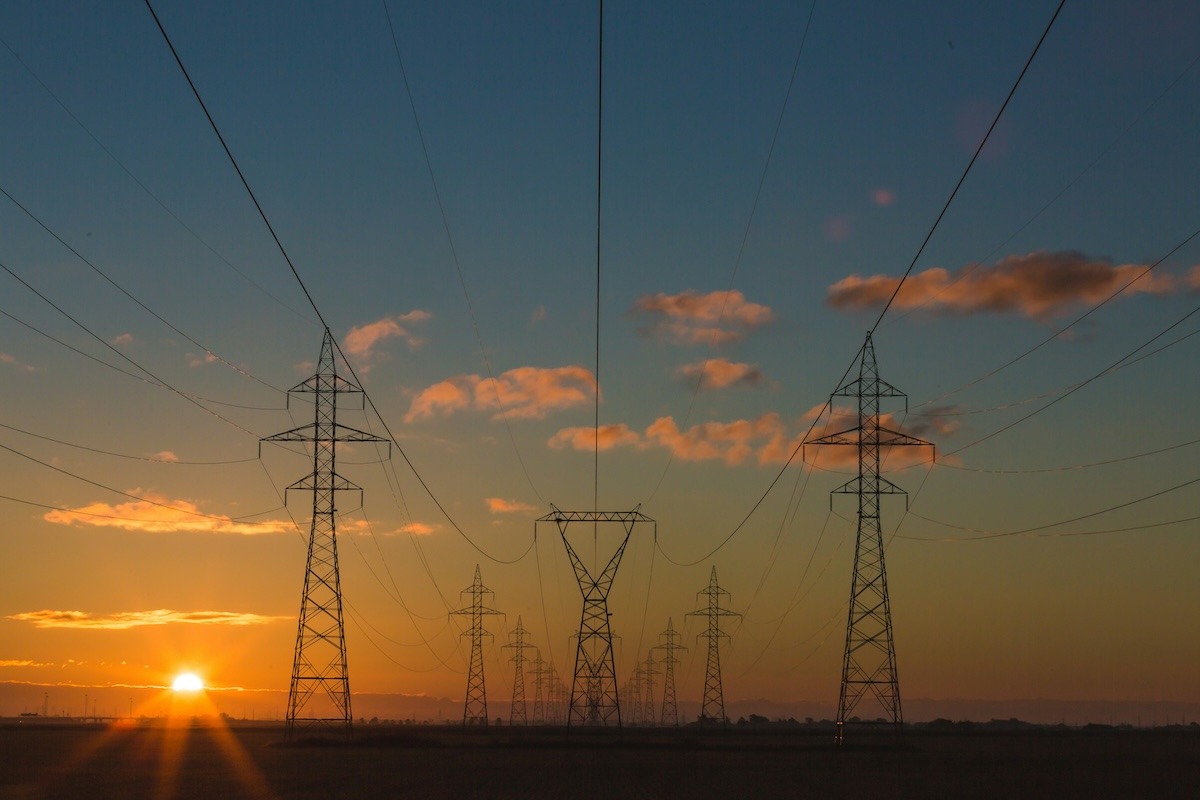Africa has mega potential: African countries leading in the renewable energy and tech space

By Jessie Taylor
Africa is one of the regions most at risk from climate change. Yet the continent has the world's greatest solar energy potential, according to World Bank Data.
The World Bank’s Global Solar Atlas describes Africa’s solar potential as a “unique opportunity” to provide affordable, reliable and sustainable electricity to “a large share of humanity where improved economic opportunities and quality of life are the most needed”.
The International Energy Agency (IEA) estimates that Africa has 60% of the world’s best solar resources, but only 1% of solar generation capacity. However, this is changing as a number of African nations are pioneering in the renewable energy sector.
A move towards greener energy
According to the World Energy Trilemma 2024, Africa is grappling with rising demand, security challenges and a transition towards cleaner energy.
The report has been prepared by the World Energy Council annually since 2010. The council's definition of energy trilemma is based on three core dimensions: energy security, energy equity, and environmental sustainability of energy systems. Balancing these three goals constitutes a ‘Trilemma’ and balanced systems enable the prosperity and competitiveness of individual countries.
It presents a comparative ranking of 126 countries’ energy systems. It provides an assessment of a country’s energy system performance, reflecting balance and robustness in the three Trilemma dimensions.
The report found that amid strong population growth and increased urbanisation, energy demand across the continent is expected to rise by 30% between 2020 and 2030.
"Africa stands at a critical juncture between two divergent energy models: the conventional, extractive model of the past and an emergent twin transition to clean energy and digitisation. In navigating a complex landscape involving access and equity, investment, sovereignty, institutional capacities, social development, and workforce building, Africa is also confronting the prevailing divergence between centralised and distributed energy generation," the report found.
"The pursuit of export-driven revenues often takes precedence over the need for universal access, leaving significant segments of the population without modern energy supplies. The rise of new technologies and initiatives to enhance regional energy trade and ensure supply security shapes both institutional priorities and investment landscapes."
Mauritius was the highest-scoring African country on the index, followed by Egypt, Algeria, Tunisia and Morocco.

The report added that hydroelectric generation is rising as many countries seek to transition to cleaner and more sustainable energy sources.
"Central Africa holds the largest share (40%), followed by East Africa (28%), but 90% of Africa’s hydropower potential is still unexploited. African countries have ambitious decarbonisation plans, and upgrading hydropower infrastructure with state-of-the-art technology to improve flexibility services sits at the centre of their priorities," the report said.
Hydropower can play a vital role in accommodating the intermittent nature of wind and solar energy production, and these capabilities are further strengthened through modernisation initiatives.
In addition, nuclear is gaining traction as a low-carbon alternative, with Egypt, Nigeria, Ghana and Morocco already engaged with the IAEA to assess their readiness to embark on nuclear programs. Algeria, Tunisia, Uganda, and Zambia are also studying the possibility of nuclear power. Only South Africa has an operational nuclear power plant, but Ghana and Nigeria have nuclear research programmes.
Here are just some of the innovations taking place on the continent:
South Africa
South Africa has embraced a number of renewable energy models, including solar and wind, and the market renewable energy market demonstrated resilience and steady growth in 2023.
Wind energy already adds up to 2GW of power during peak hours – significantly alleviating the strain on the grid and reducing the effect of load shedding. This can reduce load shedding up to two stages during peak periods. If encouraged, the wind energy sector has the potential to power approximately 3.6 million households annually in South Africa.
Over the past decade, wind energy has not only been a key component of South Africa’s energy mix, but also a driver of resilience and sustainability. Wind energy will continue to play a significant role in the energy mix given the large project development pipeline (32GW) of wind projects in South Africa.
Among the wind energy projects currently under construction are Seriti Green’s Ummbila Emoyeni wind farm in Mpumalanga, which will generate 155MW as part of the project’s initial phase of the 900MW renewable energy cluster. Additionally, the Impofu cluster of wind farms in the Eastern Cape will generate a combined 336 MW to supply Sasol and Air Liquide. These projects bring a combined 491MW and R 13.5 billion investment in the short to medium term.

Egypt
Egypt is is home to high levels of solar irradiation and expanses of desert, which offer vast renewable energy potential, especially for solar power. To harness this renewable resource, Egypt plans to build two solar power stations worth $20.60 million, financed by the European Union.
The development will help the government reach it's goal of producing 42% of its power generation from renewables to 2030, a goal brought forward from 2035. This goal will ensure the nation positions itself as a renewable energy hub.
The country has already developed one of the largest solar parks in the world, extending over 37 square kilometres and situated between Aswan and Cairo. The park includes 34 solar power plants, each with a capacity of 50 megawatts. At full capacity, it will produce 3.8 terawatt hours of electricity annually.
Launched in 2018 with the commissioning of the first photovoltaic plant, this mega-project has been integrated into the strategy developed by the Egyptian New and Renewable Energy Authority. The park alone reduces carbon emissions by two million tonnes per year.
Nigeria
Oil and gas production is Nigeria's most important economic activity. Yet nearly 90 million Nigerians lack access to electricity, according to the country’s Energy Transition Plan, while 80% of the power that is generated in the country comes from diesel or petrol generators.
However, the country also possesses nearly ideal conditions for solar energy, and recently installed a large utility-scale solar project. Multiple companies have entered the market to supply solar systems to businesses or households, while mini-grids that generate power from solar panels and typically serve rural communities are also growing in popularity.
One of the projects already showing success is the ‘Distributed Access through Renewable Energy (DARES) programme, which aims to provide access to clean and efficient electricity to 17.5 million Nigerians. DARES has installed 125 hybrid mini grids and deployed over a million solar home systems, providing access to electricity to more than 5 million people and creating over 5000 green jobs.

Morocco
The Moroccan government is looking to green hydrogen to spearhead its sustainable energy transition. The country has set aside a million hectares of land for green hydrogen projects. Around 30% of this land will be made available to investors, both foreign and domestic. According to the Moroccan government, hundreds of national and foreign investors have already expressed a "keen and real interest" in the project.
Morocco has small oil and gas reserves, but is well-positioned to generate green energy because of its abundant solar and wind resources. The government says it hopes to produce 52% of its energy from renewable sources by 2030, and the government has been heavily investing in infrastructure to meet this target.
In addition, financial institutions such as the World Bank, the European Investment Bank, and the African Development Bank have already provided funding for sustainable energy projects in the country.
Currently, Morocco relies on imports for about 90% of its energy needs, and it is still heavily reliant on fuel sources, with only around 20% of its current energy mix generated by wind and solar and 16.7% from hydroelectricity.
Kenya
More than 80% of Kenya’s electricity generation is from low-carbon geothermal, hydro, wind, and solar sources. Geothermal energy is the biggest contributor to its energy mix, which accounts for around half. Kenya has an abundance of geothermal resources, and the installed geothermal capacity in Kenya could be increased by at least eightfold.
The solar energy sector is also showing growth, thanks to interventions by the Kenyan government, such as zero rates for the importation of some inputs like solar panels and inverters to encourage sales.
The rollout of renewable energy has substantially improved energy access. In 2013, around 28% of Kenyans had access to electricity. By 2020, this had risen to over 71%. During the same period, the population grew by over seven million and urbanisation rates continued to climb.
The country's 2018 National Electrification Strategy and subsequent government policies have resulted in increases in electrification, with access rates reaching 76.5% in 2021.
Kenyan President William Ruto says: "The continent has enough potential to be entirely self-sufficient with the mixture of wind, solar, geothermal, sustainable biomass and hydropower.
The solar energy sector now has attracted steel manufacturers and factories as some of its biggest clientele. Some companies estimate installations surpassed 25,000 kilowatts in the last six years.
Sources: Rapid Transition | Engineering News | World Energy Trilemma 2024 Report | Euronews | World Bank | African Business | FDB | Reuters | CBN | IT Web


.svg)











